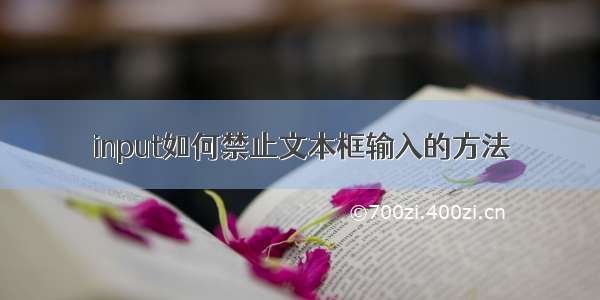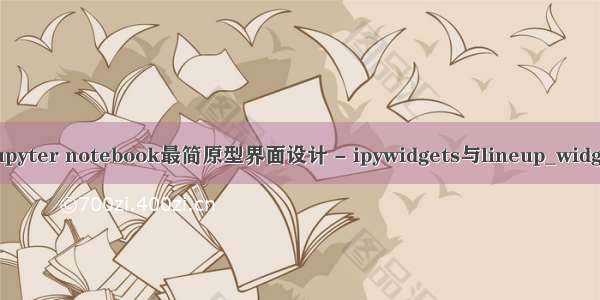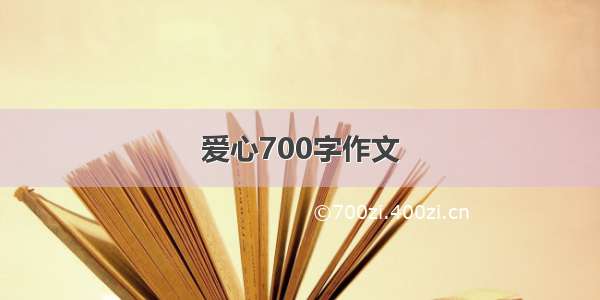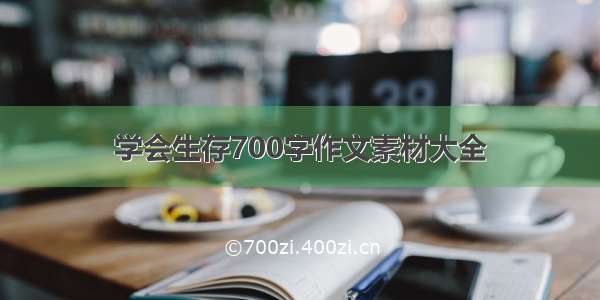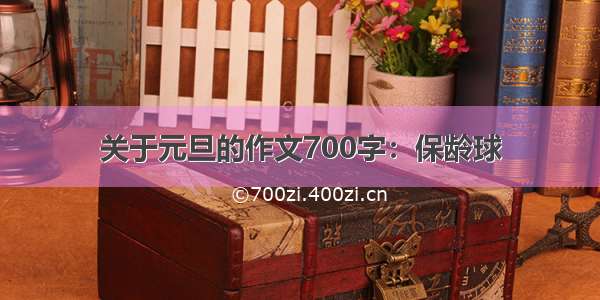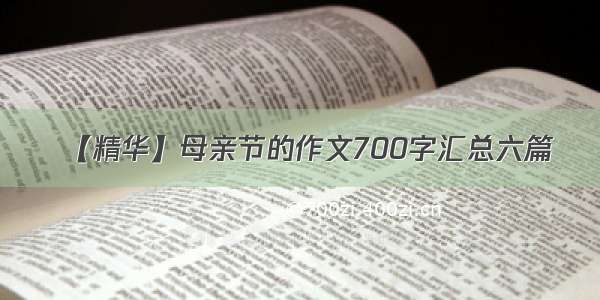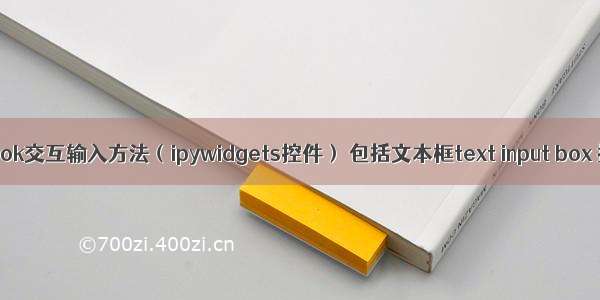
交互式输入用到的包是ipywidgets,如果还未安装,可以在终端中使用pip install ipywidgets安装。
如果安装后无法正常显示控件,请在终端运行
jupyter nbextension enable --py widgetsnbextension --sys-prefix。如果你是jupyter lab用户,请运行
jupyter labextension install @jupyter-widgets/jupyterlab-manager并重启Jupyter lab,同时确保Jupyter lab侧边栏的Extension Manager是启用状态。
引用:
import ipywidgets as widgets# 控件库from IPython.display import display# 显示控件的方法
官方文档:https://ipywidgets.readthedocs.io/en/stable/index.html
Github项目地址:/jupyter-widgets/ipywidgets
widgets中的控件包括两部分:
UI/HTML element,这是显示在output cell中的部分,通常是实例化后将其作为display函数的实参传递event handler,控件的注册事件,通常做法是将一个定义好的python函数作为实参传递到控件的事件中
例子 -TextBox
import ipywidgets as widgets# 控件库from IPython.display import display# 显示控件的方法text = widgets.Text()display(text)def print_value(sender):print(sender.value)text.on_submit(print_value)# 回车以提交内容
在jupyter notebook中输入以上代码,运行后会在输出区显示一个文本框,在文本框中输入内容并回车后,会触发on_submit事件,并输出文本框中的内容。
再次输入并回车,不会清除上一次的输出,而是换行重新输出(图中未展示)。
常用控件
widgets.Text():文本框,构造函数没有形参,常用事件.on_submit(callback),使用示例见上文
widgets.Button(**kwages):按钮,构造函数的形参包括:
description:显示在按钮上的文字tooltip:鼠标悬浮时显示的提示文字icon:图标(没有成功使用过)disabled:bool值,是否禁止交互
常用事件:.on_click(callback)。例子:
btn = widgets.Button(description = "OK", tooltip = 'this is a button')def btn_click(sender):print('Button %s clicked!' % sender.description)btn.on_click(btn_click)display(btn)
widgets.Box():容器,将其它控件组合在一起的控件,类似.Net中的Panel,在构造时传入一个其它控件的数组,没有常用事件。除此外还有HBox()、VBox()等容器。
box = widgets.Box([text,btn])display(box)
如果觉得使用
Box比较麻烦,可以直接在display()里传入多个控件,也能达到组合效果,但是布局就比较随机了。比如上面的例子也可以直接使用display(text,btn)。
widgets.Label(value:str):普通文本标签,通常与其它控件共同组合在Box中以显示说明文本,在构造时传入实参value作为要显示的文本,没有常用事件。widgets.HBox([widgets.Label(value="The $m$ in $E=mc^2$:"), widgets.FloatSlider()])
widgets.HTML(value:str):HTML文本标签,支持HTML特性,例如粗体、斜体、彩色字体等。如:
display(widgets.HTML(value="<font color='#ff000000'>Hello</font>, <b>World</b>!"))
选项类控件
可以用于选取的控件有下拉菜单DropDown、单选列表Select、单选按钮RadioButtons、多选列表SelectMultiple、并列开关ToggleButtons、滑动选取SelectionSlider、范围选取SelectionRangeSlider等。
选取控件有共同的基类_Selection,其初始化参数(也是其属性)有:
options:是一个列表list,表示可以选取的选项,其元素既可以是简单的str值,也可以是形如(label, value)的键值对;label:是当前选项在页面上显示的值value:是当前选项在控件内部使用的值index:是当前选项在options中的索引值
如果options元素不是键值对而是str,则label与value相等如果在初始化时同时指定value、label与index,则以最后指定的值为准
例如widgets.DropDown:
drpbx = Dropdown(options=[("first", 1), ("second", 2), ("third", 3)], index=0, value=1, label="second")def chosen(_):print("Selected index:{}, value:{}, label:{}".format(drpbx.index, drpbx.value, drpbx.label))drpbx.observe(chosen, names="value")display(drpbx)
observe的含义与用法见下文
其它选项类控件的例子请查阅官方文档
不常用控件与observe事件
上述控件属于比较常用的几个,包含有特殊事件。以下的控件通常不再包含特殊事件,而是将所有事件整合到
observe(handler:callable, names:list, type:str='change')中,用法见下文。
先看一下observe的文档:
print(ipywidgets.Widget.observe.__doc__)
Setup a handler to be called when a trait changes.This is used to setup dynamic notifications of trait changes.Parameters----------handler : callableA callable that is called when a trait changes. Itssignature should be ``handler(change)``, where ``change`` is adictionary. The change dictionary at least holds a 'type' key.* ``type``: the type of notification.Other keys may be passed depending on the value of 'type'. In thecase where type is 'change', we also have the following keys:* ``owner`` : the HasTraits instance* ``old`` : the old value of the modified trait attribute* ``new`` : the new value of the modified trait attribute* ``name`` : the name of the modified trait attribute.names : list, str, AllIf names is All, the handler will apply to all traits. If a listof str, handler will apply to all names in the list. If astr, the handler will apply just to that name.type : str, All (default: 'change')The type of notification to filter by. If equal to All, then allnotifications are passed to the observe handler.
意思就是,observe可以关注控件的一些属性,当这些属性的值变化时,就会调用handler方法,并传递一组字典作为handler的实参。字典的内容包括{'name','old','new','owner','type'},分别是:属性名、旧属性值、新属性值、属性所属的控件、事件类型。示例如下:
slt = widgets.Select(options=['first','second','third'])display(slt)def attr_event_handler(attrs):print(attrs)print('attribute {name} of {owner} {type} from {old} to {new}'.format(name=attrs['name'],owner=type(attrs['owner']),type=attrs['type'],old=attrs['old'],new=attrs['new']))slt.observe(attr_event_handler, names='value')
运行后,Select控件默认选中第一行(first),鼠标单击选中第二行后,会触发attr_event_handler,因为这里observe的names参数不是数组而是仅有一个value属性,因此传递到attr_event_handler的也不是数组,不需要用for遍历。
注意:如果初始化后用户仍选取第一行(或不作选取),是不会触发
observe事件的,因此要做好用户不作选取的应对方案
以下控件都需要使用observe事件
前文介绍的选项类控件widgets.IntSlider:可拖动的滚动条,构造函数的形参包括: value:初始值min:最小值max:最大值step:可调整的最小步长widgets.FloatSilder:也是滚动条,但value是浮点数widgets.DatePicker:日期选取widgets.ColorPicker:颜色选取其它不常用控件
更多控件请访问ipywidgets官方文档
控件属性同步 -Link方法
上文中所介绍的控件属性,本质其实并不是Python Class的
attributes,而是traitlets。Traitlets是一个可以为Class定义类型安全的属性的框架,见Traitlets文档。Ipywidget中对traitlets的说明是:Traitlets is an IPython library for defining type-safe properties on configurable objects. For this tutorial you do not need to worry about the configurable piece of the traitlets machinery. The sync=True keyword argument tells the widget framework to handle synchronizing that value to the browser.
widgets.link((widget, name),...):同步多个控件的traitlets属性(通常是'value'):caption = widgets.Label(value='slider1和slider2的值将同步变化')sliders1, slider2 = widgets.IntSlider(description='Slider 1'),\widgets.IntSlider(description='Slider 2')l = widgets.link((sliders1, 'value'), (slider2, 'value'))display(caption, sliders1, slider2)
widgets.dlink((source, name), (target, name), transform=None):单向连接(directional_link),即:target的指定属性跟随source的指定属性变化,而source的指定属性不随target的指定属性变化。由name指定属性(通常是'value')。
caption = widgets.Label(value='source的values变化将反映在target1上')source, target1 = widgets.IntSlider(description='Source'),\widgets.IntSlider(description='Target 1')dl = widgets.dlink((source, 'value'), (target1, 'value'))display(caption, source, target1)
link与dlink会返回一个对象,对此对象调用unlink()方法将解除绑定。
l.unlink()dl.unlink()
控件布局与样式 -Layout与Style属性
控件通过layout属性控制布局,用于调整控件大小与位置;通过style属性控制样式,用于调整色彩与字体。
在控件初始化时,可以指定形参layout为ipywidgets.Layout的实例,需要引用:
from ipywidgets import Layout
例如:
b = widgets.Button(description='(50% width, 80px height) button',layout=Layout(width='50%', height='80px'))b1 = Button(description='Another button with the same layout', layout=b.layout)display(b, b1)
如果不想额外引用Layout,也可以在初始化之后再设置控件的layout属性:
b = widgets.Button(description='(50% width, 80px height) button')b.layout.width='50%'b.layout.height='80px'b1 = Button(description='Another button with the same layout')b1.layout = b.layout
Style的用法与Layout相似,既可以在初始化时指定,也可以初始化后指定。例如:
b1 = Button(description='Custom color')b1.style.button_color = 'lightgreen'b1
可以通过widget.style.keys查看一个控件的所有可用样式:
除了自己指定Style外,ipywidgets还为许多控件预定义了许多type_style,以便快速获取常用的样式。
例如,Button.button_style可以在以下5种常用按钮中选择:['primary', 'success', 'info', 'warning', 'danger']
from ipywidgets import Button, HBoxdisplay(HBox([Button(description='Primary Button', button_style='primary'),Button(description='Success Button', button_style='success'),Button(description='Info Button', button_style='info'),Button(description='Warning Button', button_style='warning'),Button(description='Danger Button', button_style='danger')]))
Layout实际使用的是CSS样式,常用的有:
Sizesheightwidthmax_heightmax_widthmin_heightmin_widthDisplayvisibilitydisplayoverflowoverflow_xoverflow_yBox modelbordermarginpaddingPositioningtopleftbottomrightFlexboxorderflex_flowalign_itemsflexalign_selfalign_contentjustify_contentGrid layoutgrid_auto_columnsgrid_auto_flowgrid_auto_rowsgrid_gapgrid_templategrid_rowgrid_column
详情参见Layout and Styling
感谢NickeManarin开发的ScreenToGif,一个很好用的GIF截屏工具。

